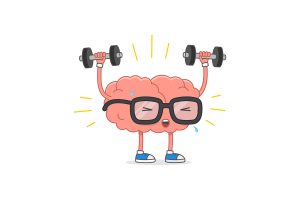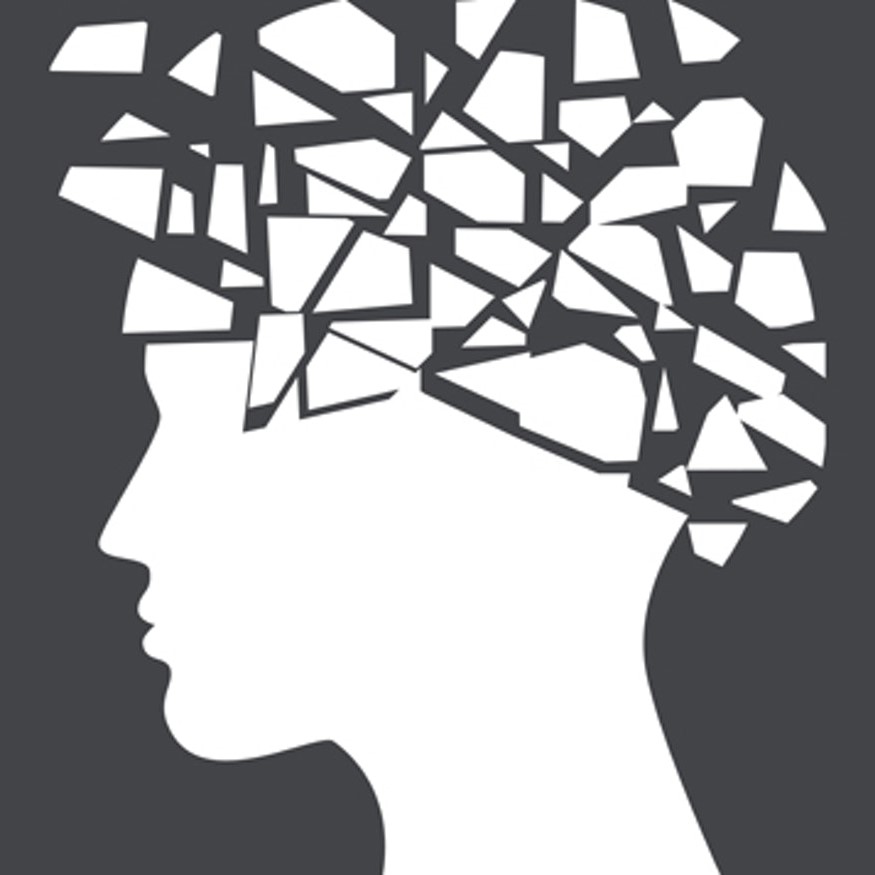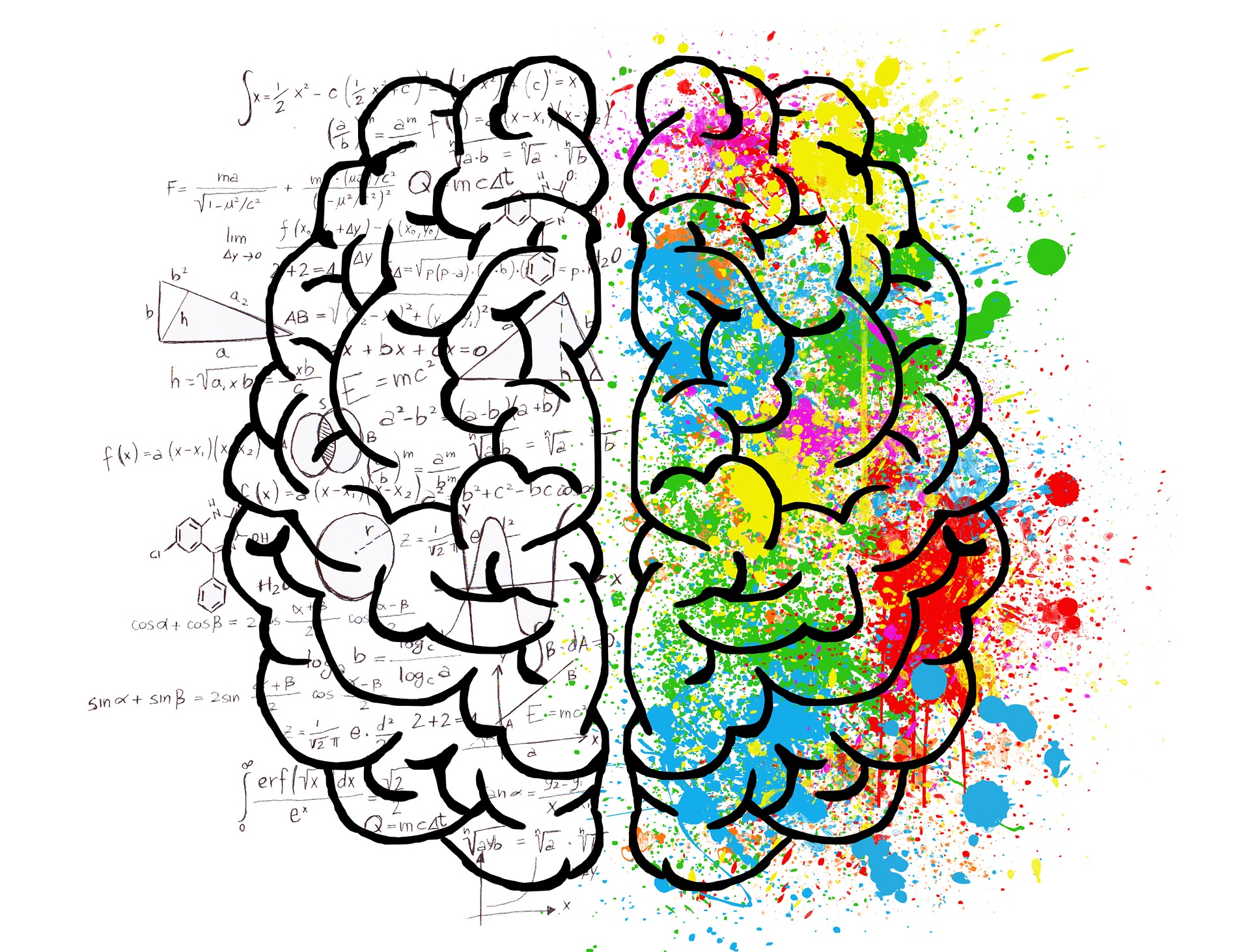What is Trauma?
Time heals all wounds.
This commonly heard phrase may be true in some cases, but when it comes to the brain and mental or emotional wounds, it couldn’t be further from the truth. Time does not heal this type of wound. Time can actually compound it and make it worse…more intense, frequent, uncontrolled.
Trauma, from a mental or emotional standpoint, is an event with 4 common traits:
- The event was unexpected
- The event was psychologically overwhelming
- The individual felt unprepared or unable to cope with the event
- The individual felt there was nothing they could have done to prevent or mitigate it
Thinking of trauma in this manner allows us to recognize that nearly anything could be deemed traumatic by the brain. Trauma is not the result of a conscious decision. Trauma is not something a person is doing “wrong.” Trauma is not about effort, strength or sensitivity. Trauma is those events that our brain defines as traumatic.
Faulting ourselves for continuing to be bothered by something in our past isn’t fair to us. And finding fault with our brain, would be like faulting your elbow for only bending one way. It is simply how the brain is designed to function.
In treating trauma, we seek to redefine our current beliefs about an event so the brain may process an event as it would something mundane.
Another key piece to this puzzle is that trauma is processed and stored differently than other memories in the brain


Let’s say you had orange juice for breakfast. Now imagine your brain has a massive filing cabinet in it. There is a file folder for orange juice.
Everything you know about orange juice is there: it’s color, taste, shape, smell, where you buy it, what you do with it, what you can expect to pay for it, etc.
That orange juice folder is also linked to other file folders in that cabinet; the beverage folder, the things that are orange folder, the breakfast folder, the oranges folder, etc.
So when you think of orange juice, your train of thought can carry you to a far off place…orange juice becomes oranges becomes Florida becomes Disney World becomes Mickey Mouse becomes rodents. In an instant, your mind took you from orange juice to mice.
This happens all the time and we don’t notice it.
Trauma, however, is an unexpected and unavoidable event that was psychologically overwhelming and to which you could have done nothing to avoid or mitigate.
Therefore, unlike orange juice, your brain doesn’t know what to do with the information.
There is no single folder in which you can store the traumatic event. Instead, your brain takes the information and “files” it in different folders.
This results in an event that is fragmented across multiple memories and recalled in unexpected and undesired ways and times.
Orange juice no longer takes the logical route to rodents. Instead, orange juice can take you back to your traumatic event with physically and mentally debilitating results.
The human brain is divided into two halves or hemispheres, which act completely independently of each other.

The left hemisphere of the brain houses our language and verbal skills, our logic and deductive reason, and time, which is stored in a linear fashion – meaning that events have a beginning, a middle and an end.
The right side of the brain houses our visual memories, our intuition, our feelings and also time. However, in the right hemisphere it’s not stored in that linear manner, things appear in the present moment.

In order for the two hemispheres to communicate with each other, we have the corpus callosum, the most undervalued part of our brain, in my opinion.
Ever try to send a file between a PC (left hemisphere) and a Mac (right hemisphere)? They’re both computers, right? It should work. Nope. You get that weird Webdings font that I’ve never figured out. But with the corpus callosum, the halves can understand and transmit information to each other.
That is until trauma occurs.
After trauma, the corpus collosum doesn’t know what information to send between the hemispheres. This results in the left side having difficulty with words, organizational problems and struggles with executive functioning – the adulting center (time management, impulse control, attention, focus, emotional regulation, etc.
On the right side, we feel like our emotions dominate us and that react in ways we don’t understand all because the right side tells us the trauma is happening all over again.
Because the traumatic information is not properly processed in our brain, the event(s), information, etc. become stuck. And we feel like we become stuck.
We relive the trauma all over again. We re-react to the trauma as if it were happening in this present moment.
The right side of the brain also processes information much faster than the left; 20 milliseconds versus 500 milliseconds in the left hemisphere. So the right side of the brain has caused us to re-react to the old trauma before our logical left side even knows what happened.
Instinct rather than choice.
Now, this is not to say the right side of the brain is bad. Not in the slightest. Without the right hemisphere, we’d basically be robots. We would never experience joy. We would not feel the warmth of the sun against our face. We would never understand love or friendship

The vastly different processing speed between the hemispheres cause many people to not find the relief they seek from CBT (cognitive behavioral therapy). They continue to feel triggered by their past and tire with challenging thought after thought. There are other options though. EMDR (eye movement desensitization and reprocessing) and the Instinctual Trauma Response (ITR) Method can help as they target traumatic memories from the right side of the brain instead of the left.
